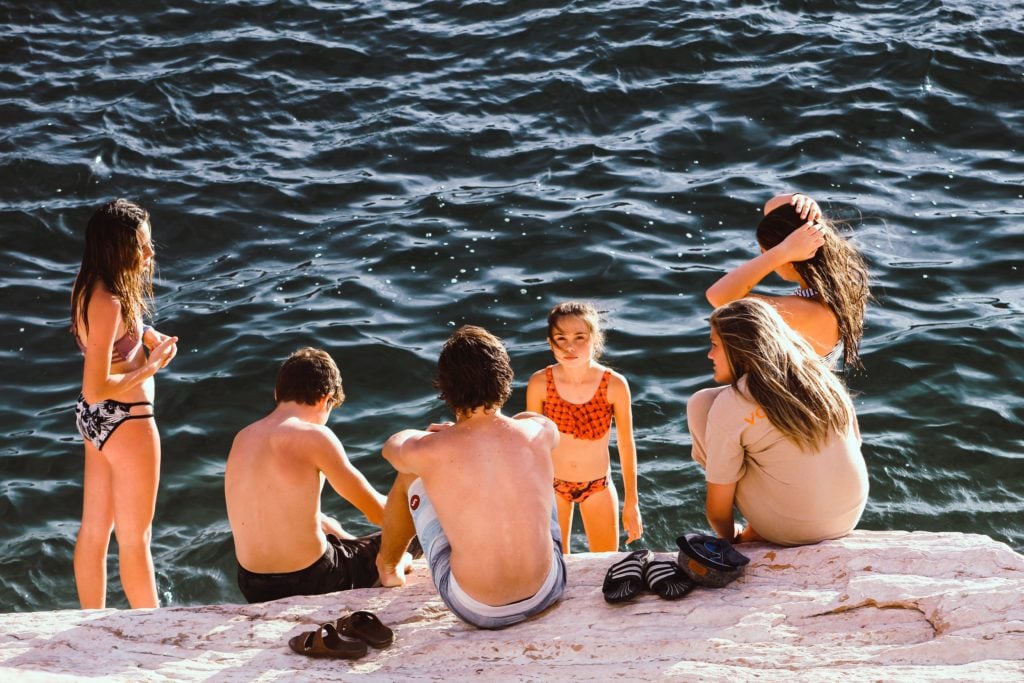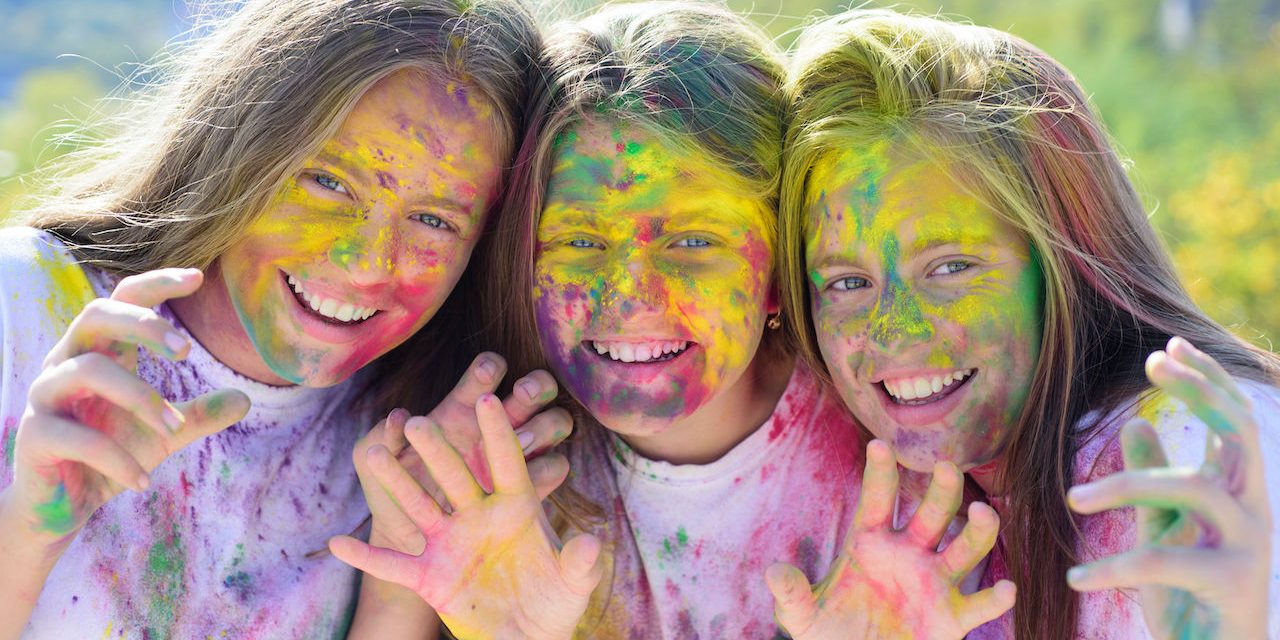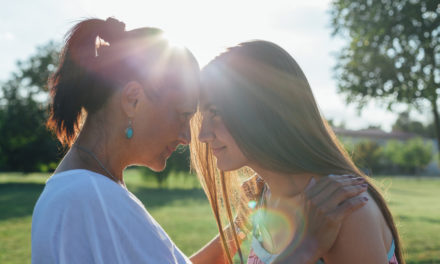Inside: 5 friendship lessons for children and a great free downloadable resource for teachers and parents.
The new school year is all about change. New teachers, new classes, new expectations and new routines. For many kids, it means a new school. It’s natural that these times of transitions cause excitement as well as a few nerves.
What worries kids most is, “Will I have friends?” It worries parents too. Nobody wants to imagine their child sitting alone at lunchtime feeling awkward and wishing they were at home.
Friendship isn’t something we usually teach kids. Most kids just learn the social norms and muddle through. That’s the way we did it when we were kids. However, we can teach kids that friendship is a skill set and we can create realistic expectations that might reduce future heartache.
So, what are some of the things tweens and teens need to know about friendship?
Friendship Lesson #1: Friends serve a purpose
Because we romanticise friendship, we don’t like to think about it as functional. The School of Life argues that this is a mistake. They say that we actually enhance our friendships when we understand that they do serve a function. These are some of the functions friends serve:
- Having someone to share your vulnerability with. These people help us recognise that our weaknesses and quirks are human. We are normal. These are the people we take a risk with and share our secrets. They do the same in return and together we realise how special and loveable we actually are.
- Having someone to have fun with. We all need an outlet from being serious. We need people who share our interests and hobbies. Our fun friends might also make us laugh and relax. They allow us to be a different version of ourselves.
- Having someone to think with. We think more effectively about serious issues when we can think aloud with someone else. Sharing and growing ideas about the world and who we are is an important aspect of friendship and being human.
Explaining the purposes of different friendships will help your child realise that having one BFF (Best friend forever) isn’t practical. You need lots of friends from both school and outside of school.
The best thing about being clear on the purpose different friends serve is that kids can then also identify which friends serve no positive purpose. Which friendships have become toxic and which friendships should be let go.
Friendship Lesson #2: Having friends is different to being popular
Early adolescence is the time when kids move away from looking towards their parents for guidance and approval. They start to look towards their peers. Peers become the compass determining what’s cool and what’s not, what matters and what doesn’t, and most importantly…who matters and who doesn’t.
Being popular is about being accepted by a lot of people. The problem is that being accepted sometimes comes at the cost of personal values and integrity. As a result, even great kids will sometimes make poor decisions.
We need to guide kids towards authenticity. Authenticity is the point of difference between friendship and popularity. With friends, we can be ourselves. When kids are trying to be popular they will be what is required. Friendship involves taking off your masks and being yourself. That’s what builds connection with other people. Popularity is about putting on a mask to fit in.
Friendship Lesson #3: Friendships are only as good as your boundaries
Good boundaries make good friends. Our boundaries are our lines in the sand. Our ‘What I will and won’t accept’, our ‘What I will and won’t do’ and our essential, ‘Who I am and who I am not’. They are decisions we make with thought, not on the fly.
Setting personal boundaries is hard at the best of times. It’s made much more difficult for our kids in their online world. They have grown up in the era of the ‘overshare’. They share what they feel, how they look, who they love and even what they eat with hundreds of people daily. Of course, their boundaries are unclear!
Friendship is special. Not everyone should have access to all the intimate details of our lives. Kids forget that because they feel so connected online. Adults also encourage that attitude when we say to young kids, “Play nicely, we’re all friends here”. No, we’re not. But we do have to be kind and show respect to everyone.

Friendship Lesson #4: Conflict in friendships is normal
Normal friendships encounter conflict. You’d never know that looking at Facebook or Instagram. Those platforms are like friendship nirvana. People post odes to their friends. It’s all, “I love you to the moon and back.”
To the moon and back is about 480,000 miles. My dad has an old 1961 valiant with that much on the clock. Just as I expect the valiant to break down and need some care and maintenance, I expect that from friendship too.
If we are honest and we manage our boundaries, there will be blow-ups. It’s important that we normalise that for kids. Otherwise, they see every argument as a crisis.
Friendship Lesson #5: Most friendships don’t last forever
When a friendship ends it can feel like the end of the world for a child. However, friendships ending is inevitable. We evolve. Our tastes, interests, values and stage of life change. We can’t take everyone with us on that journey. We need to make room and time for all the new people who enter our life.
This is borne out in research. A study by researchers at Florida Atlantic University found that only 1% of friendships that started in seventh grade, lasted for the full five-year period of the study. In fact, 76% of Year 7 friendships didn’t last a year. That doesn’t mean all friendships ended badly. Often they just drift apart.
I think if we told kids that changes in friendship are normal and okay, we’d have a lot less angst and upset. Of course, there may still be some sadness and disappointment. We shouldn’t shield kids from feeling bad, it’s normal and it gives us the opportunity to teach them how to name feelings, acknowledge them, and self-soothe. Kids are growing and changing. Their friends will change too. And that’s just fine.
Finally…
Talking to kids about friendship is important. We need to do it a little bit at a time and consistently. It’s also important that we have these conversations when things are going well, not just when there is a problem. You can download my free Activity Guide For Talking To Kids About Friendship here.
Good friends are one of the most wonderful parts of life. May our kids come to understand that like all good relationships, they take thought, work, and respect.
Download Linda’s Friendship Manifesto here, you will also receive her fortnightly blog posts.
Written by Linda Stade ©Santa Maria College: All rights reserved








